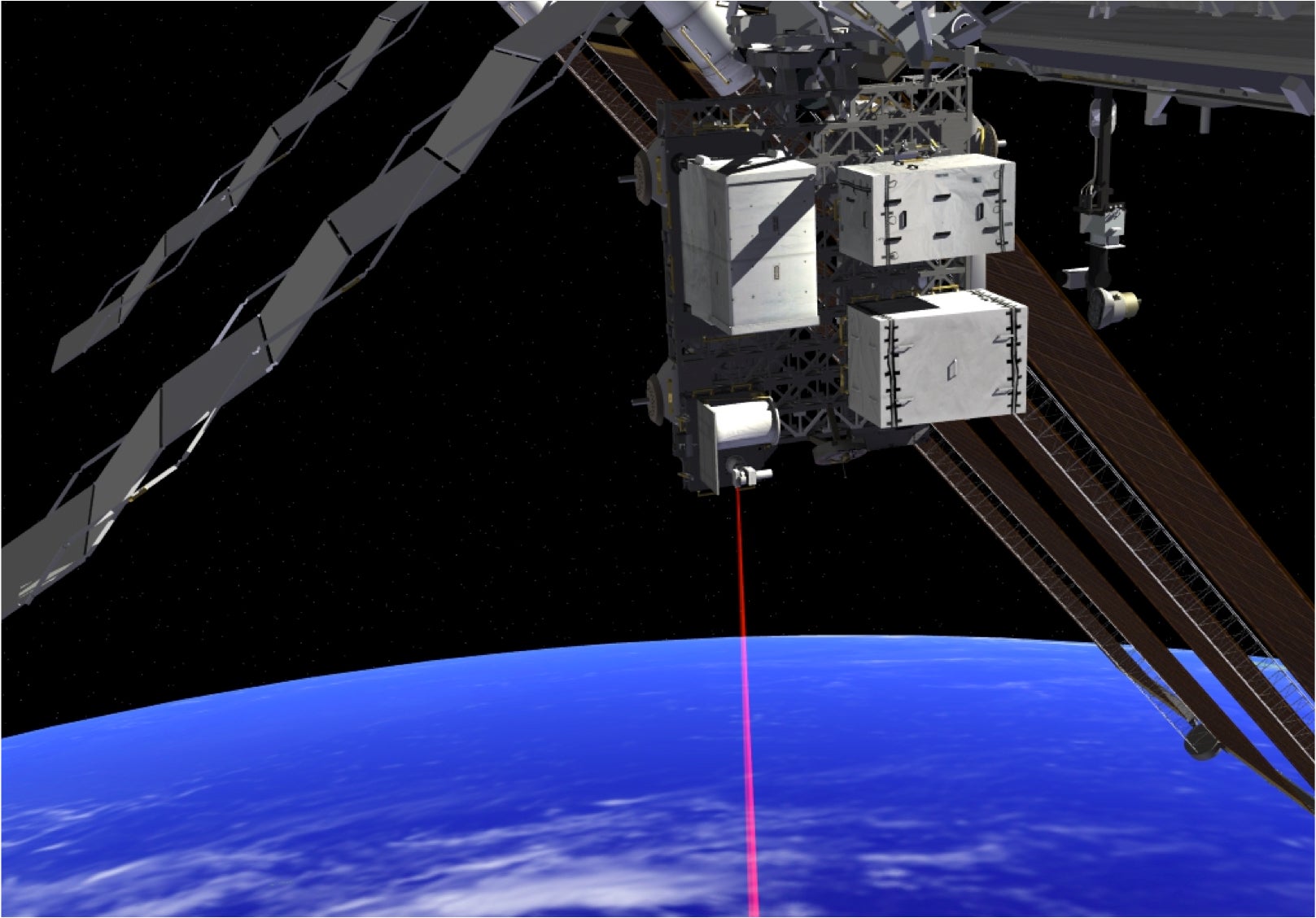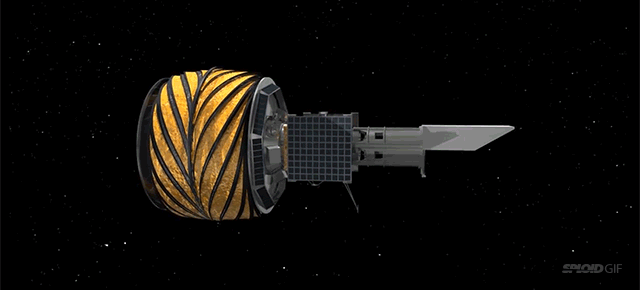
It’s no subspace transceiver but this prototype communicator bound for the ISS could revolutionize how we share data over the vast expanses of solar space. It will deliver Gigabit speeds through deep space.
![]()

It’s no subspace transceiver but this prototype communicator bound for the ISS could revolutionize how we share data over the vast expanses of solar space. It will deliver Gigabit speeds through deep space.
![]()

Everybody knows the cowboy reputation associated with early astronauts, the test-pilot swagger immortalized by Apollo 13 and The Right Stuff. But the rockets that took those astronauts to space were built by a group with an equally cinematic image: the nearly-unhinged, completely unfettered mad scientists at Jet Propulsion Laboratories. Mika McKinnon brings us a fascinating look at the madcap, explosion-obsessed minds that helped get man into space—and presided over some monumental explosions in the process.
![]()

PlanetQuest is NASA’s effort to search for new Earths, exoplanets like ours that would probably contain life too. They’re doing some really cool stuff, like this sunflower-telescope combo spaceship—"a cutting-edge effort to take pictures of planets orbiting stars far from the sun." Imagine that—seeing the actual planets!
![]()

Curiosity is the hip name in Mars-rovin, but the Opportunity rover was doing it long, long before. Just yesterday Opportunity hit its ten-year anniversary on Mars—it left Earth ten years ago in July
![]()
NASA’s Jet Propulsion Laboratory drew some raised eyebrows when it first announced its latest hi-tech robot, based on primates, called Robosimian
![]()

Last year NASA’s Jet Propulsion Laboratory revealed a Spiderman-inspired grippy claw
![]()
Not content on landing several rovers on the surface of Mars, NASA’s JPL team’s been working on more earthly projects. RoboSimian is an ape-like robot designed for search-and-rescue missions that’s expected to compete in the DARPA Robotics Challenge. It features four multi-jointed limbs with unique hands and no defined front or back — allowing it to always face the right way. Thanks to its primate-like movement and posture, the robot will be able to navigate over difficult terrain, climb ladders and even drive vehicles (one of the DRC’s requirements). While the project itself isn’t new, JPL recently published an interesting video that shows RoboSimian gripping tools, lifting its own weight and balancing delicate objects. This means, of course, that robot monkeys will soon join spiders, cats and dogs in your dystopian nightmares. Video after the break.
Filed under: Robots
Source: JPL

With potential oceans flowing below its icy surface, NASA thinks Jupiter’s Europa moon is promising candidate to harbor organic life. As such, the space agency and its JPL laboratory are looking to send a lander there within a decade, and have detailed what it wants it to explore in a new paper. Key goals include measuring the organic content of surface and near-surface chemistry, exploring mineralogy, measuring the thickness and salinity of the oceans and ice, imaging surface formations and looking at microscopic ice and non-ice grains. Researchers also looked at potential landing sites, and were torn between a more interesting, active site like “Thera Macula” and a more stable location with ancient geology. NASA’s Juno mission, launched in August 2011, is expected to help settle such issues when it probes Europa from orbit starting in 2016. Though it’d be hard to top Curiosity’s setdown, a Europa landing could be even more dramatic, considering the moon is over 10 times farther away than Mars and never gets above minus 370 degrees Fahrenheit.
Via: The Register
Source: NASA (paper)
Elon Musk wants to live on Mars
![]()

This moon looks even more like it’s made from green cheese than ours does, but it’s not. Lame. Io, the innermost moon of Jupiter, is the most volcanically active body in our solar system because of gravitational "tides" exerted by Jupiter and its other moons. And the constantly flowing lava gives Io’s surface frequent makeovers.
![]()